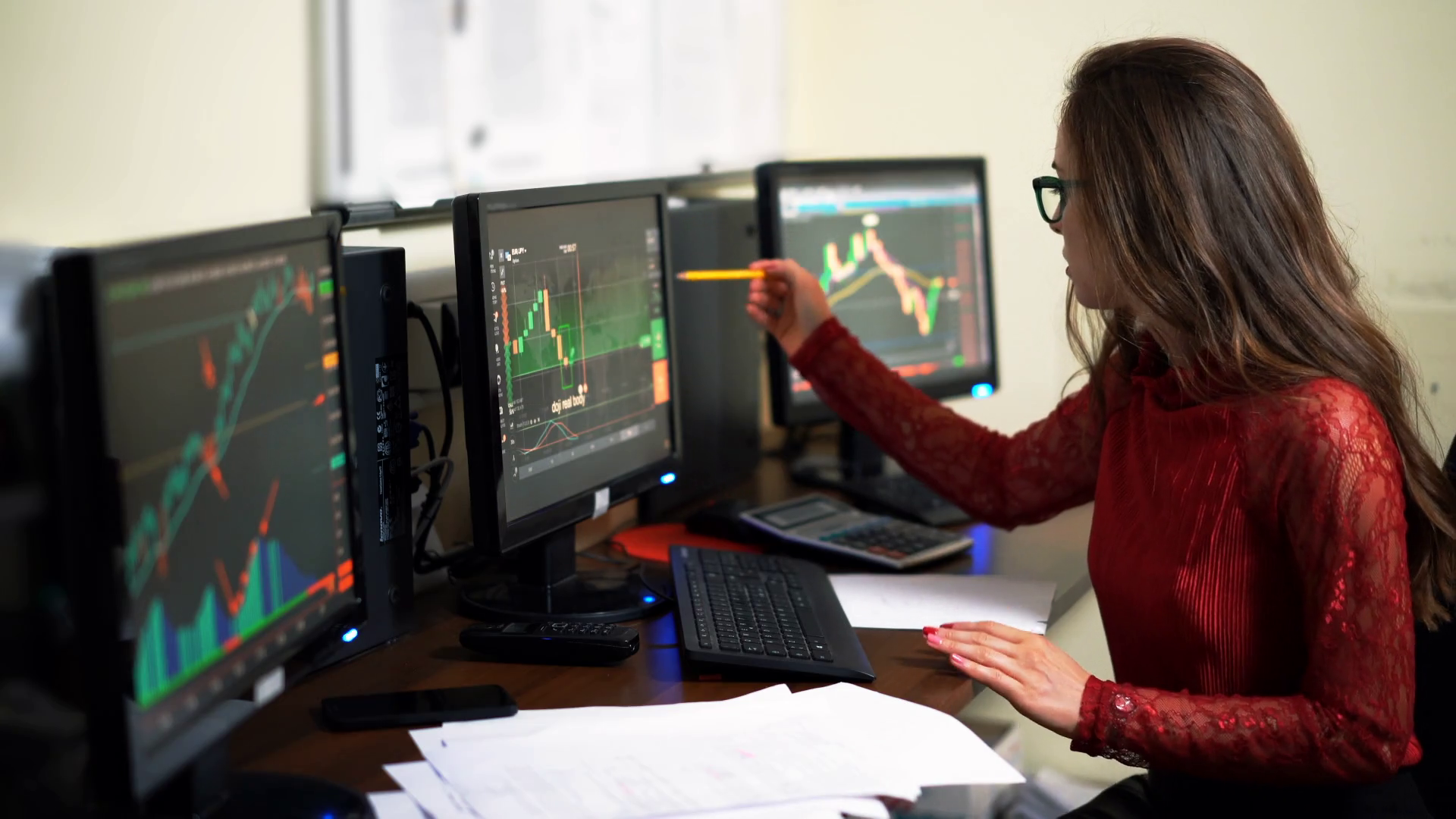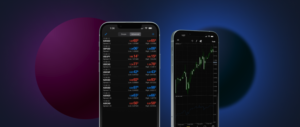Candlestick patterns have continuously drawn market participants because they express bidirectional psychological market processes and foreseeable price movements. These graphical elements supply more than visual presentations because they combine the emotional choices of market participants into a single visual form. Candlestick patterns offer an immediate depiction of market sentiment at a given moment. The relationship between emotional states and trading actions generates a specific decision environment which responds to both fear and greed alongside hope and doubt.
Traders who master the psychological aspects of market chart patterns gain a significant advantage in trading. The individual candlesticks act as symbols which recount the individual battles between market buyers and sellers. The bullish engulfing pattern shows an approaching trend change because it demonstrates that buying power now controls price movements. Traders develop excited optimistic feelings because of this pattern which leads them to start making long trades to capitalize on price appreciation. The opposite occurs under bearish patterns as the market responds to seller dominance with fear that drives prices downward through selling activities.
These patterns acquire their meaning from the entire trading environment in which they emerge. TradingView Charts enable users to analyze price movements together with technical indicators which provides them better insights for making decisions. If a candlestick pattern forms near a key support or resistance level, its significance increases. A hammer pattern formed at a support level creates a strong indication that price will restart upward. Traders enter positions because they notice the apparent strength of the pattern which forms a cyclical pattern so more traders join.
Market participants tend to respond emotionally when they detect candlestick patterns which forces them to act like other traders. Market traders accelerate their activities after spotting well-defined patterns including the head and shoulders formation thus triggering substantial price fluctuations. Market volatility emerges primarily from collective trader activities which create both profit opportunities and financial risks. The analysis of emotions behind patterns enables investors to adopt future market trends before other traders who rely solely on technical indicators.
Candlestick patterns represent essential information which trading professionals use in their fast-tempo procedures. Most traders rely on historical patterns and psychological factors to develop their trading strategies. Regulations between past price movements and their significant changes may create mental biases which guide current trading choices. New traders enter the market through continual repeating of pattern identification which allows them to learn from experienced traders’ actions.
The human element continuously plays its crucial role while technical analysis supplies tools for tracking price activity. Candlestick patterns allow traders to explore the emotional factors which control market patterns. The patterns function as evidence that trading extends beyond numerical and chart analysis since they display real human tendencies in financial activities. Using TradingView Charts allows traders to decode the combined psychological orientation of market participants in addition to their data assessment.
Candlestick patterns bridge the gap between technical analysis and psychology, serving as a vital analytical tool for traders. Understanding the emotional stories embedded in these trade patterns helps traders make better market choices thus boosting their self-assurance during market navigation. The strategic relationship between technical analysis and psychology demonstrates why people need to understand the data alongside the emotional factors behind market fluctuations.





